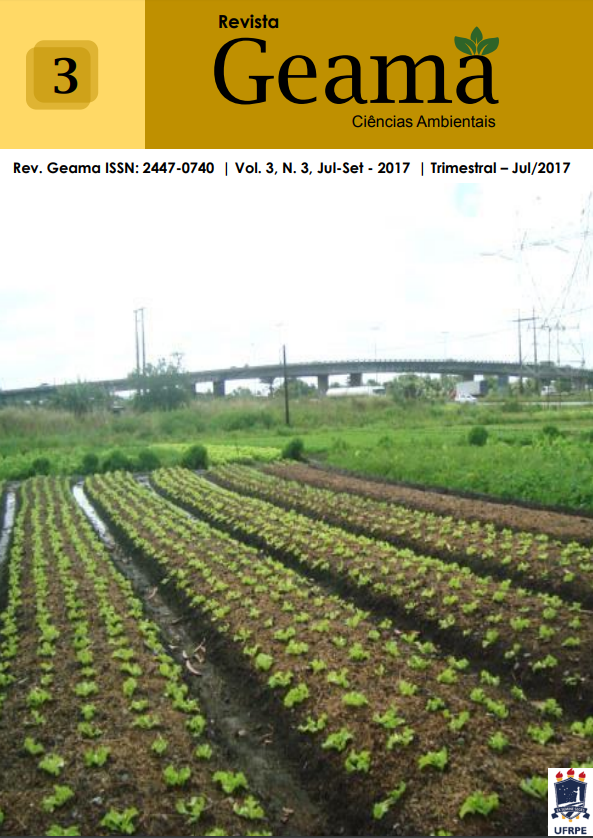Analysis of the Vegetation Density of the Rio Pajeú Watershed Using TM - LANDSAT 5 Data
Keywords:
NDVI, SEBAL, magnitude the classesAbstract
The use of remote sensing products has become a frequent practice in research studying vegetation cover. Vegetation indices based on satellite imagery have been improving in terms of the accuracy in obtaining information about the terrestrial surface, and these techniques have made a solid contribution to the efficiency and reliability of analyses of processes involved in vegetation change. One of the most frequently used vegetation indices is the normalized difference vegetation index (NDVI). The simplicity and high sensitivity to the magnitude of the density of vegetation cover has made it possible to monitor vegetation at local to global scales. The objective of the present work is to analyze the density of vegetation cover of the Rio Pajeú watershed, situated in the mesoregion of the interior region of the State of Pernambuco and the section of the São Francisco River within the State of Pernambuco using TM - Landsat 5 images and the SEBAL algorithm. The results show significant variation in the magnitude of the NDVI classes between 1995 and 2009, and also demonstrate that the methodology used in this study is reliable for NDVI analyses.Downloads
Downloads
Published
2017-07-24
How to Cite
Melo, J. A. A. de, Gomes, H. B., Alves, L. E. R., Melo, J. A. de, & Araujo, I. L. de. (2017). Analysis of the Vegetation Density of the Rio Pajeú Watershed Using TM - LANDSAT 5 Data. Geama Journal - Environmental Sciences, 3(3), 157–162. Retrieved from https://journals.ufrpe.br/index.php/geama/article/view/1505
Issue
Section
Sustainable Agriculture






